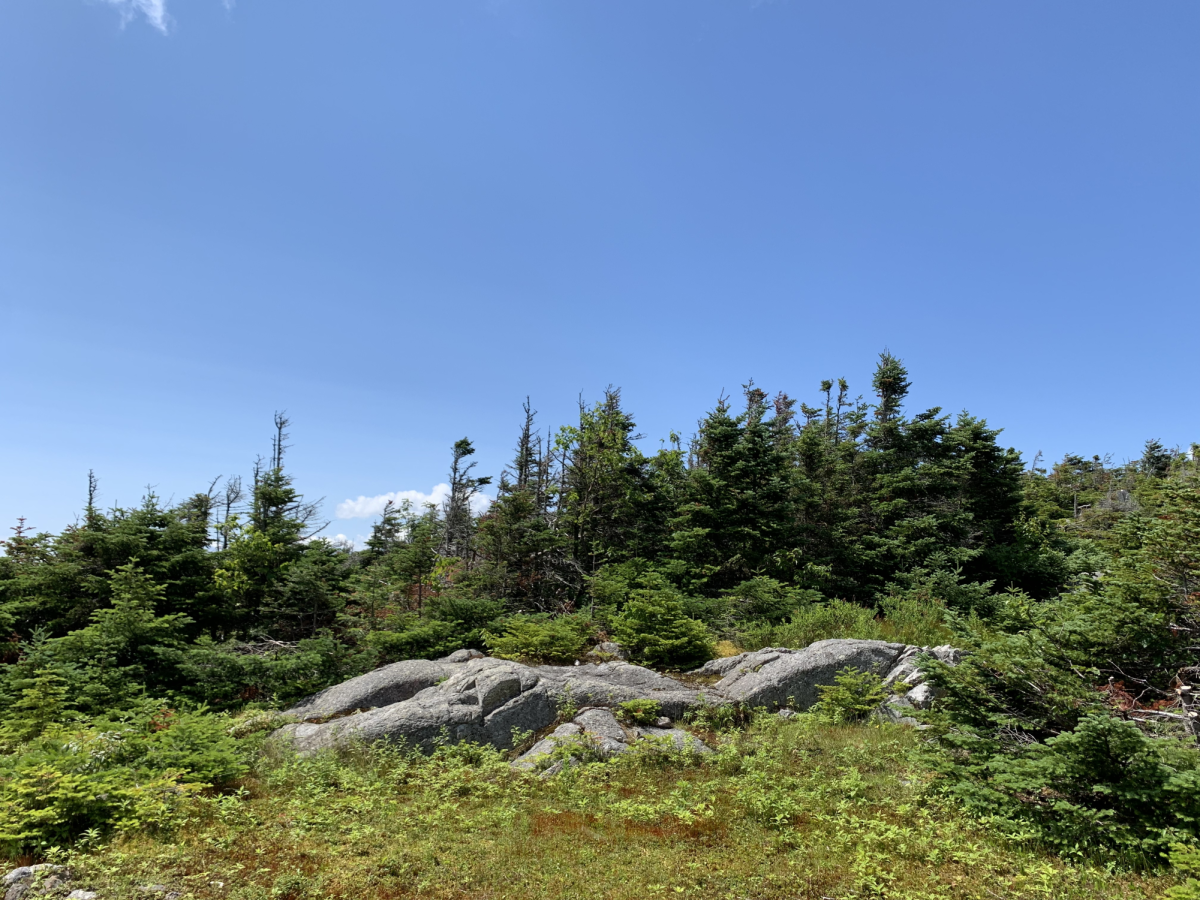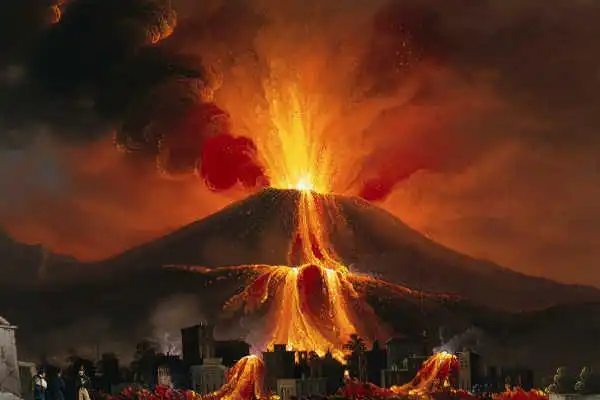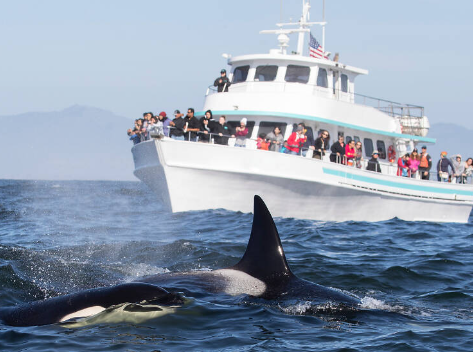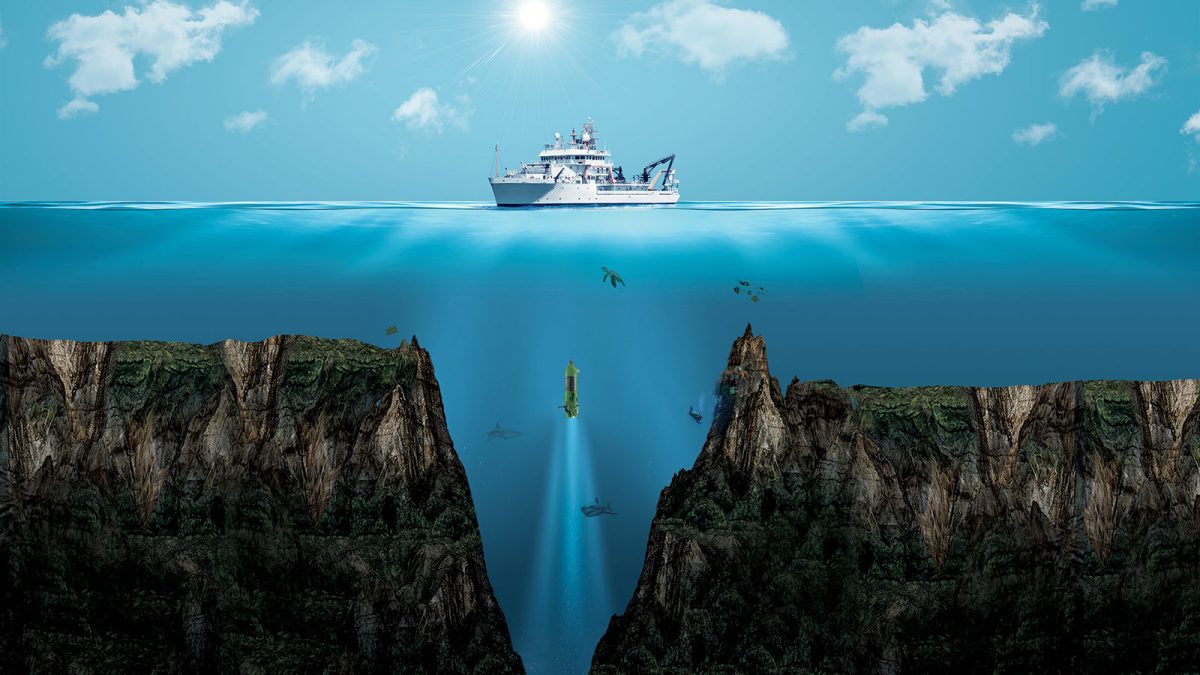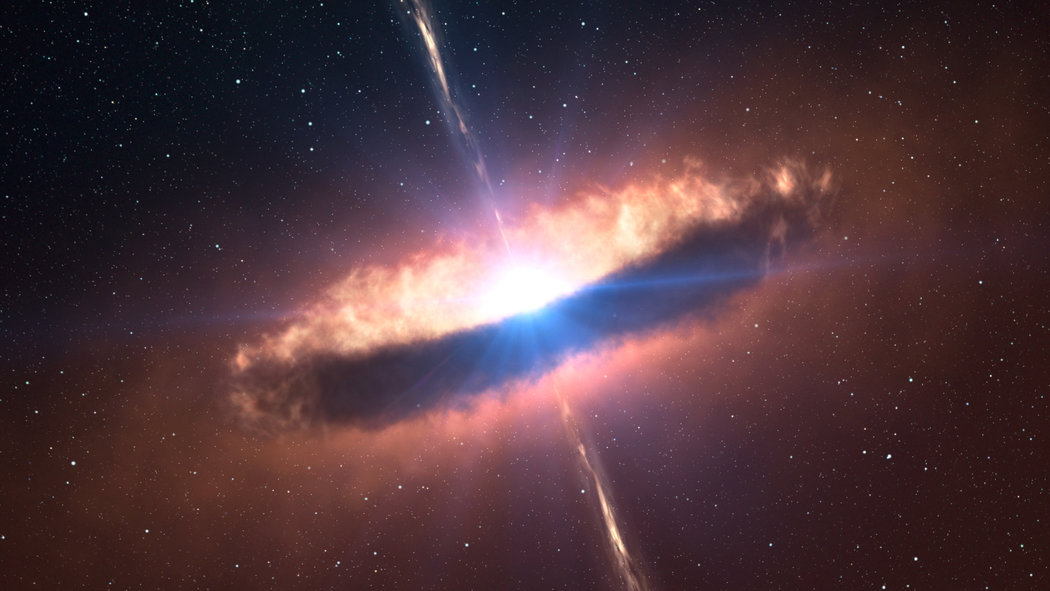Mount Everest is the tallest mountain in the world, standing at 29,032 feet, and the Burj Khalifa is the tallest building in the world, standing at 2,716 feet. While these are both massive, how do they compare to the depth of the ocean?
The ocean’s deepest region is known as the Mariana Trench and is located in the Pacific Ocean, over 100 miles east of the island of Mariana. The trench dwarfs the size of the Burj Khalifa and Mount Everest.

The depth of the Mariana Trench is 36,201, meaning even when combined the height of Mount Everest and the Burj Khalifa does not equal the depth of the ocean’s deepest region. At a distance of more than seven miles straight down, when venturing in the Mariana Trench, you reach the area designated Challenger Deep, a vast barren landscape so far down light from the sun does not enter blanking the region in 100% darkness.
The landscape has been described by James Cameron, award-winning movie director and avid diver, as a barren desolate lunar plain. Cameron, in 2012, became the second person in history to reach the bottom of the Mariana trench and set the record for the longest stay at the bottom, staying 3 hours.
His exploration discovered 68 new species of animals native only to extremely dark and low-depth environments. Some of them include; a sea cucumber, a squid worm, and a giant, single-celled amoeba as large as a baseball.
In the trench also exists unique types of algae adapted to not having sunlight; instead these organisms are heterotrophs and rely on consuming dead organisms that flow to them. No human has ever been down there in scuba gear because the pressure down there equals over 16,000 PCI, a human can handle 15 PSI before health complications arise.
Scientists estimate human bones would be crushed in 100 milliseconds at the depth of the bottom of the trench. Because the trench is not reached by the sun the water temperature is allowed to rapidly decrease and increase, the temperature of the water is 34 to 39 degrees, enough to induce hypothermia in less than a minute.
The temperature can also increase up to 700 degrees which would be enough to almost instantly boil a human. The temperatures are so rapidly different because of the geography of the trench itself.
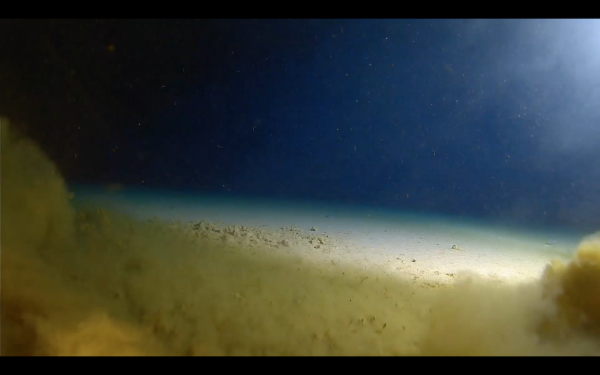
The bottom of the trench is riddled with hot boiling water geysers, called hydrothermal vents. These vents were formed about 140 million years ago. Water that seeps into cracks in the earth’s mantle is then heated by the earth’s core.
The hot water rises and shoots out of the crack forming a geyser. These hydrothermal vents are very similar to those found at Yellowstone National Park. The results of these findings paint a picture of a horrifically violent environment, one that is volatile and unpredictable.
But surprisingly one that animals have still dared to inhabit through the utilization of adaptations and the pure will to survive and thrive. The depth of the ocean is almost incomprehensible and opens the question over what else lies in the deepest part of the ocean that is for the future to uncover.












